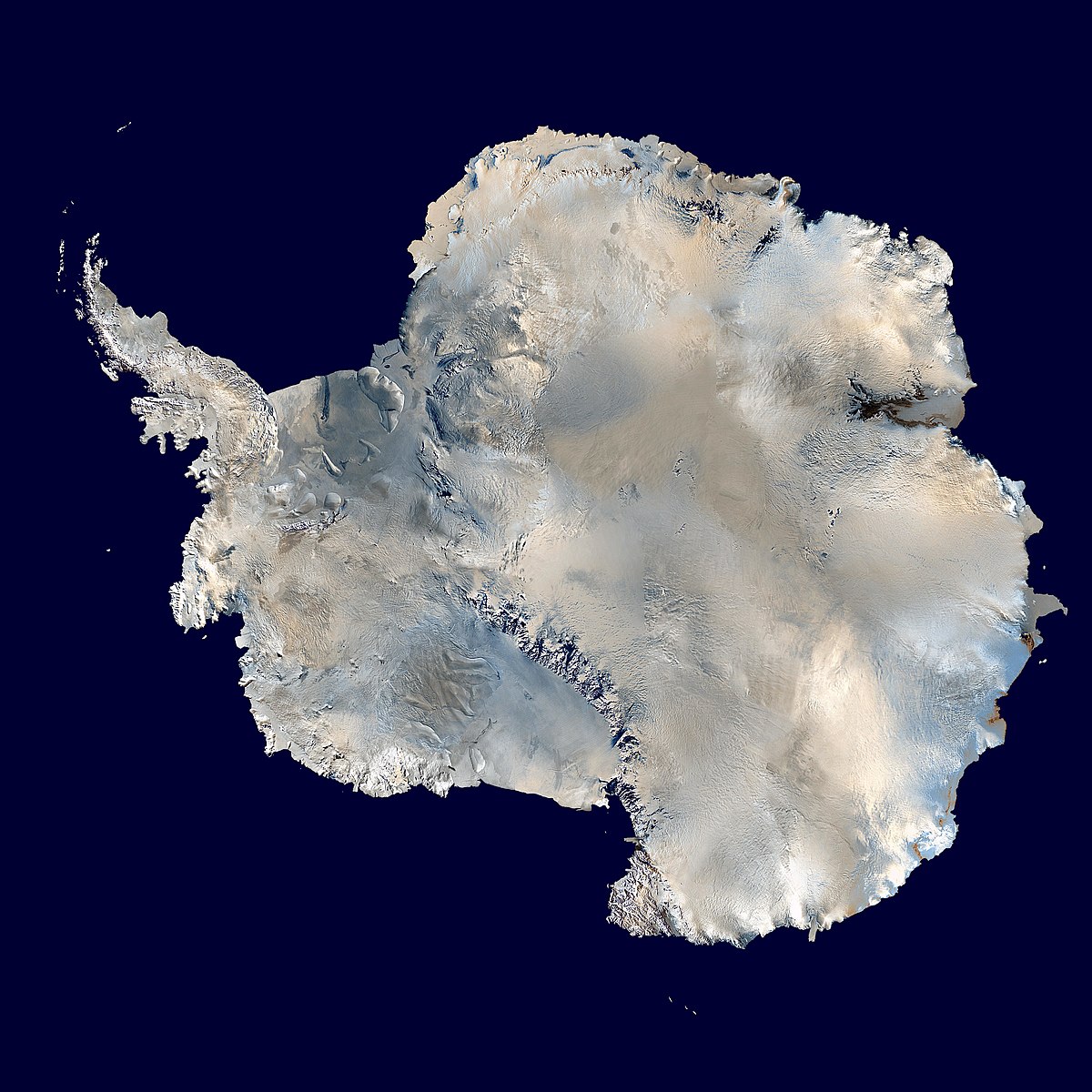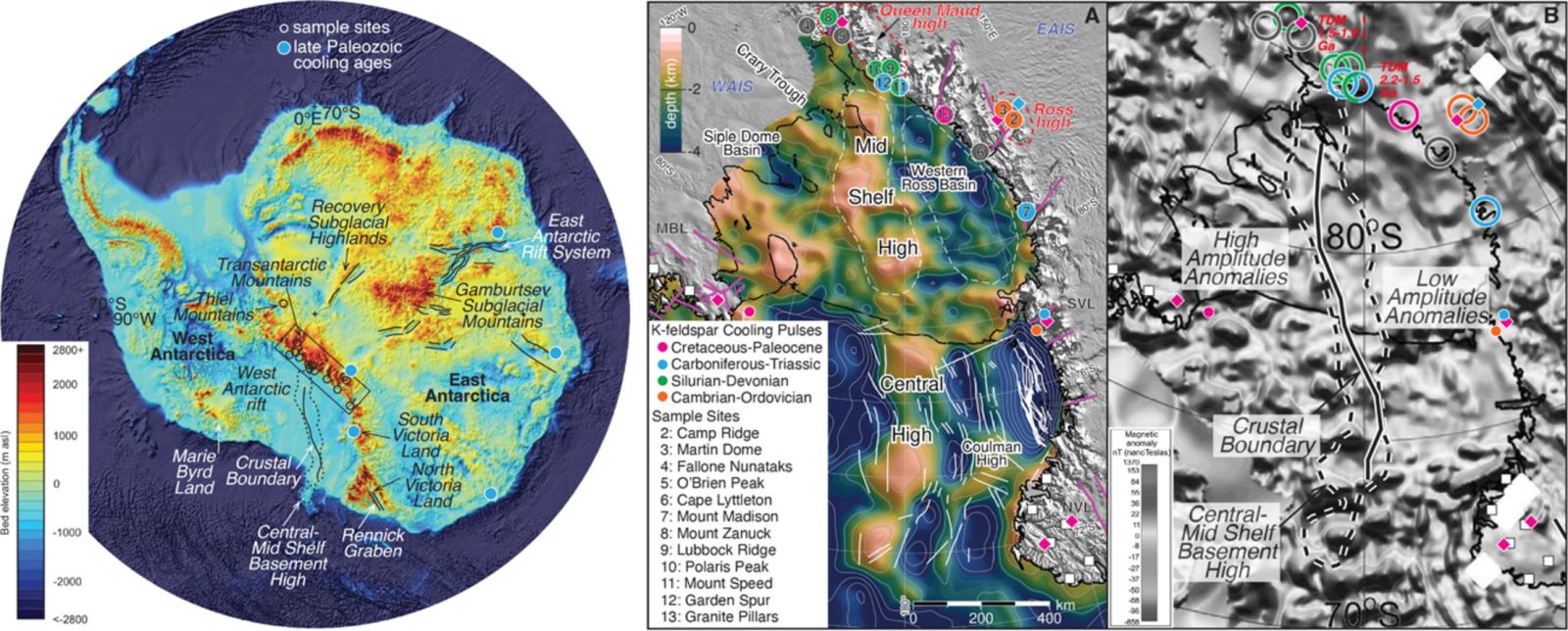� Discovery of a lost world beneath Antarctica
Published by Cédric,
Article author: Cédric DEPOND
Source: Earth and Planetary Science Letters
Other Languages: FR, DE, ES, PT
Article author: Cédric DEPOND
Source: Earth and Planetary Science Letters
Other Languages: FR, DE, ES, PT
Follow us on Google News (click on ☆)
This discovery sheds light on the dynamics between buried landforms and ice sheets. The Transantarctic Mountains, stretching 2,175 miles (3,500 km), play a key role in ice circulation, influencing its thickness and flow for millions of years.

A natural barrier beneath the ice
The Transantarctic Mountains separate two geologically distinct regions. To the east, a stable billion-year-old craton contrasts with the west, marked by an active rift system. This division shapes the continent's evolution.
These landforms have undergone multiple phases of erosion and uplift. Researchers analyzed rock samples to reconstruct their history, revealing repeated cycles of mountain formation linked to tectonic movements.
The study of minerals through thermochronology helped date these events. The results suggest intense geological activity, synchronized with major glaciation periods around 300 million years ago.

The mountains' influence on ice
Though hidden, these mountains guide glacial flows like invisible rails. Their peaks and valleys channel glaciers, determining their speed and accumulation. This interaction between rock and ice is crucial for understanding polar ice sheet evolution.
Scientists have uncovered evidence of an ancient mountain range beneath East Antarctica. Gravimetric and magnetic anomalies suggest it may be even older than the Transantarctic Mountains, dating back to a time when Earth was radically different.
These buried landforms offer clues about past climates. Fossilized trees, emerging from retreating ice, testify to eras when Antarctica was warmer, long before its current glaciation.